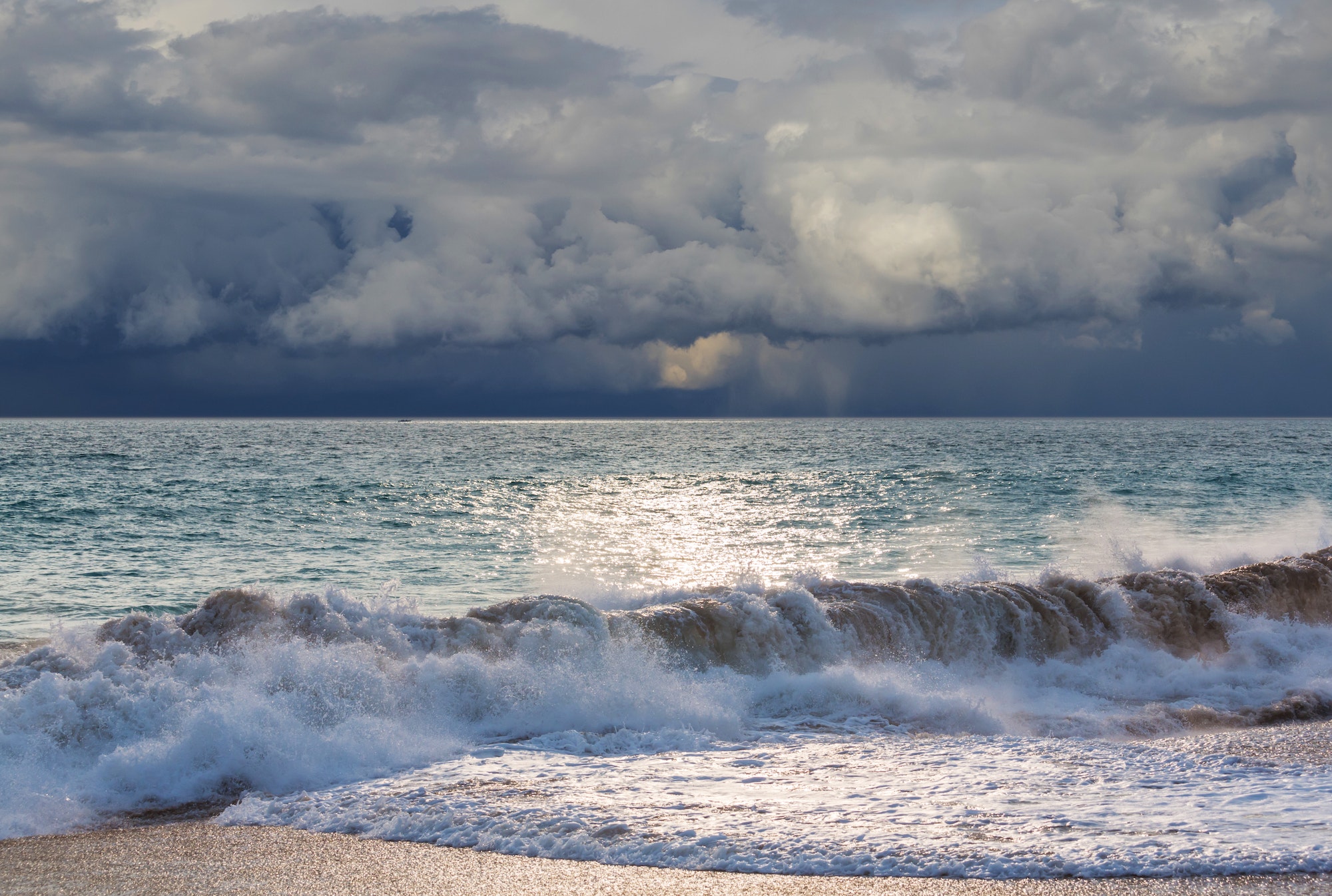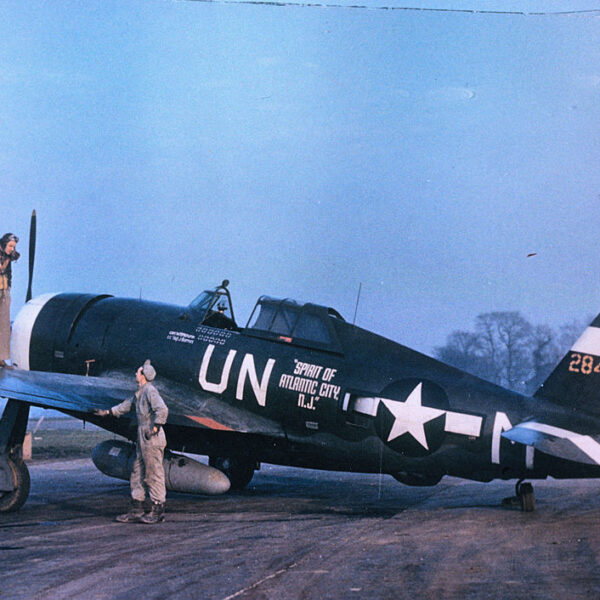Introduction
Hurricane Iniki was a powerful Category 4 hurricane that struck the Hawaiian island of Kauai on September 11, 1992. It was the most powerful hurricane to hit Hawaii in recorded history, causing widespread destruction and devastation. “Iniki” means “strong and piercing wind” in Hawaiian, which was a fitting description for this destructive storm. Iniki left a lasting impact on the people of Hawaii and serves as a reminder of the destructive power of hurricanes.

Hurricane Iniki: Destruction and Aftermath
The island of Kauai, known for its lush greenery and beautiful beaches, was transformed into a scene of destruction. The powerful winds uprooted trees, destroyed buildings, and caused widespread power outages. The storm surge brought in massive waves, flooding coastal areas and causing damage to homes and businesses.
The aftermath of Hurricane Iniki was a scene of chaos and destruction. The island’s infrastructure was severely damaged, with fallen trees and power lines blocking roads. Communication systems were down, making it difficult for residents to seek help. The island’s main airport was also damaged, making it difficult for aid and supplies to be brought in.
The devastation caused by Hurricane Iniki was not just physical but also emotional. The storm claimed the lives of six people and left many others injured. The trauma and fear experienced by the residents during the storm and its aftermath were immeasurable. Many lost their homes and livelihoods, and the road to recovery seemed daunting.
In the days following the hurricane, the island of Kauai received an outpouring of support from the rest of Hawaii and the mainland United States. The Federal Emergency Management Agency (FEMA) and the American Red Cross were among the first responders, providing aid and assistance to those affected by the storm. The National Guard was also deployed to help with search and rescue efforts and to maintain order on the island.
The rebuilding process was a long and arduous one. It took months for power to be fully restored, and many residents had to rely on generators for necessities. The damage to the island’s infrastructure was estimated at around $1.8 billion, making it one of the costliest hurricanes in Hawaiian history.
Despite the devastation, the people of Kauai showed resilience and strength in adversity. Communities came together to help each other, and volunteers from all over the world came to lend a hand in the rebuilding efforts. The island slowly but indeed began to recover, and the scars left by Hurricane Iniki started to heal.
In the years following the hurricane, Kauai has implemented measures to better prepare for future storms. The island’s building codes were updated to withstand stronger winds, and evacuation plans were implemented. The community also created a disaster preparedness plan, ensuring they are better equipped to handle future disasters.
Today, almost three decades after Hurricane Iniki, the island of Kauai has bounced back and is thriving once again. The scars of the storm are still visible in some areas, but the resilience and strength of the people have prevailed. The devastation caused by Hurricane Iniki serves as a reminder of the destructive power of nature and the importance of being prepared for any disaster.
In conclusion, Hurricane Iniki was a catastrophic event that impacted the island of Kauai. The destruction and aftermath of the storm were devastating, but the resilience and strength of the community helped in the rebuilding process. The lessons learned from this disaster have helped the island better prepare for future storms, and the scars left by Hurricane Iniki serve as a reminder of the island’s strength and resilience.
Lessons Learned
Hurricane Iniki was a powerful Category 4 storm that struck the Hawaiian island of Kauai on September 11, 1992. It caused widespread destruction and devastation, leaving behind a trail of destruction that took years to recover from. The lessons learned from this catastrophic event have helped shape the way communities prepare for and recover from natural disasters.
One of the most important lessons learned from Hurricane Iniki is the importance of preparedness. The storm caught many residents off guard, as it was the first hurricane to hit Hawaii in over a decade. Many people were not prepared for the intensity of the storm and as a result, suffered significant losses. This highlights the need for communities to have a comprehensive disaster preparedness plan.
A key aspect of disaster preparedness is having an evacuation plan. In the case of Hurricane Iniki, many residents could not evacuate due to the limited number of evacuation routes and the lack of warning. Many people were trapped in their homes during the storm, putting their lives at risk. Communities must have well-defined evacuation routes and a system to alert residents on time.
Another lesson learned from Hurricane Iniki is the importance of building codes and regulations. The storm caused extensive damage to buildings and homes, with many destroyed structures. This was due to the time’s lack of strict building codes and regulations. As a result, the rebuilding process was slow and costly. In the aftermath of the storm, stricter building codes were implemented, ensuring that structures are better equipped to withstand future disasters.
In addition to building codes, the importance of insurance coverage was also highlighted by Hurricane Iniki. Many residents did not have adequate insurance coverage, leaving them with no financial support to rebuild their homes and businesses. This led to a significant financial burden for those affected by the storm. As a result, communities must educate their residents on the importance of having proper insurance coverage to protect against natural disasters.
The aftermath of Hurricane Iniki also showed the importance of community support and resilience. The storm brought people together, and the community came together to help those in need. Neighbors helped each other clean up and rebuild, and volunteers from other parts of the island and the mainland also came to assist. This sense of community support and resilience was crucial in the recovery process and helped rebuild the island stronger.
Another lesson learned from Hurricane Iniki is the importance of communication during and after a disaster. The storm knocked out power and communication lines, making it difficult for residents to get in touch with their loved ones and for emergency services to coordinate their efforts. This highlighted the need for alternative communication methods, such as satellite phones, to be in place during disasters. It also emphasized the importance of having a designated emergency contact person for each household.
In the years following Hurricane Iniki, the island of Kauai has implemented many changes and improvements to better prepare for future disasters. These include improved evacuation routes, stricter building codes, and better communication systems. The island has also invested in disaster preparedness training and education for its residents.
In conclusion, Hurricane Iniki was a devastating event that taught communities valuable lessons on preparing for and recovering from natural disasters. From the importance of disaster preparedness plans and evacuation routes to building codes and insurance coverage, these lessons have helped shape how communities approach disasters. The sense of community support and resilience shown in the aftermath of the storm also serves as a reminder of the strength and resilience of humanity in the face of adversity.
The Resilience of Kauai: Rebuilding and Recovery Efforts after Hurricane Iniki
On September 11, 1992, the island of Kauai was hit by one of the most powerful hurricanes in its history – Hurricane Iniki. With winds reaching up to 145 miles per hour, the category 4 storm caused widespread destruction and devastation, leaving the island in an emergency. However, in the face of this disaster, the people of Kauai showed remarkable resilience and determination in rebuilding and recovering from the aftermath of Hurricane Iniki.
The impact of Hurricane Iniki was felt across the entire island, with the southern and eastern regions being the hardest hit. The storm caused extensive damage to homes, businesses, and infrastructure, leaving many without shelter, electricity, and clean water. The island’s tourism industry, a major source of income for Kauai, also suffered a significant blow as hotels and resorts were destroyed or severely damaged.
In the immediate aftermath of the hurricane, the priority was to ensure the safety and well-being of the island’s residents. The National Guard was deployed to assist with search and rescue efforts, while emergency shelters were set up to provide temporary housing for those who had lost their homes. The Federal Emergency Management Agency (FEMA) also provided aid and resources to help recover.
Despite the devastation, the people of Kauai remained resilient and united in their efforts to rebuild their beloved island. Community members came together to help each other, with volunteers from neighboring islands and the mainland also joining the recovery efforts. The spirit of aloha, deeply ingrained in Hawaiian culture, was evident as people showed compassion and kindness towards those in need.
One of the most remarkable aspects of the recovery efforts after Hurricane Iniki was using traditional Hawaiian practices and values. The concept of ahupua’a, a traditional land division system, was utilized to allocate resources and aid to different island areas. This ensured that all communities received the necessary support and assistance fairly and equitably.
The rebuilding process was a long and arduous, but the people of Kauai persevered. Many homes were rebuilt or repaired with the help of volunteers and organizations such as Habitat for Humanity. The tourism industry also bounced back, with hotels and resorts reopening and welcoming visitors once again. The island’s infrastructure was also restored, with roads, bridges, and utilities being repaired or rebuilt.
In addition to physical rebuilding, efforts were made to strengthen the island’s resilience to future disasters. The Kauai Emergency Management Agency was established to coordinate disaster preparedness and response efforts. At the same time, the Kauai Community Disaster Resilience Initiative was launched to educate and empower communities to be better prepared for emergencies.
Today, almost three decades after Hurricane Iniki, Kauai stands as a testament to the resilience and determination of its people. The island has recovered from the devastation and emerged stronger and more prepared for future disasters. The lessons learned from Hurricane Iniki have helped shape the island’s disaster preparedness and response strategies, making it a model for other communities to follow.
In conclusion, the resilience of Kauai in the face of Hurricane Iniki is a testament to the strength and spirit of its people. The island’s recovery efforts were collective, with the community coming together to rebuild and restore their home. Today, Kauai is a shining example of how a community can overcome adversity and emerge stronger and more resilient.











